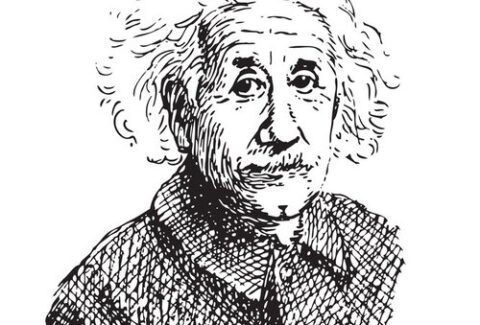What is Motivational Interviewing About: The Four Techniques
“I am the clinician. I just tell patients what they need to do. I hope I know what’s best for them,†says Amos, a fervent nurse, who is very dedicated to his patients and clients. “Amos,†I said, paused, and asked, “how has that been working for you?†“Well, they end up saying one thing and then just do whatever they want anyway,†he answered. “Should you then not try something different?†I asked.
I introduced this dialogue in the last paragraph of the previous article entitled, What is MI About: 8 Main Characteristics. Â In that article, I elaborated a bit on Motivational Interviewing, summarizing eight of its characteristics, outlined as:
-
Goal-oriented;
-
Client-centered;
-
Focuses on ambivalence;
-
Non-judgmental;
-
Non-confrontational;
-
Non-adversarial;
-
Attempt to increase patient or client’s awareness of the problem; and
-
Exploration and resolution of ambivalence.
In this current article, I am going to further elaborate on what MI is all about, this time looking at four techniques that are used.
1. Open-ended questions
I always tell clinicians, either during supervision, or in my articles, or during SWEET seminars that the use of open-ended questions is a technique that can be applied to the work with every patient and client, in any setting, and under any circumstances.
 Would we like to meet our patients and clients where they are at?  We start with an open-ended question. Whether we  are attempting to engage, or to de-escalate, or trying to have our patient and client name an inappropriate behavior,  we start with an open-ended question.  When we have a difficult or uncomfortable question to pose, an open-ended question will deliver. Open-ended questions are one of the main techniques of MI, other modalities, like the Socratic Method, and one that we can adopt, use as often as possible, and one that will enhance our clinical skills.
2. Affirmations
Have we ever used these small statements that encourage, that acknowledge, that validate, and empathize with our patient and client?  Each time we use them we are affirming. “Thank you for coming. I am glad you made it here. You waited for a while before you could see me, thank you for your patience. You left several messages before I was able to return your call. Thank you for your persistence.†You cannot affirm enough and given the patient population that we work with in the public sector, affirmations can go a long way.  For they rarely receive them.
3. Reflective listening
Have you ever left a conversation feeling heard? Â Have you also left a conversation feeling like there was not one iota of understanding between you and the other party? Â Reflective listening simply means that we are listening actively by reflecting back what we hear. We can do so either by repeating what our patients and clients have said, or by paraphrasing it, or by simply naming the feeling. Â In order for us to do so, we need to be present, listening to both what is being said and what is not, while also paying attention to body language, that of our patients and clients and our own.
4. Summary statement
Summarizing is related to reflective listening, but it is a more complex task. Â In order for us to summarize we need to have been practicing reflective listening. Â As we listen to our patients and clients speak, several themes, aspects, and problems in his or her life will emerge. Â Summarizing the points that we have heard, helping put them into context, allowing our patients and clients to hear it from us, and showing that we were listening will make them feel heard and listened to, which in turn increases trust and strengthens the therapeutic relationship.
“I am the clinician. I just tell patients what they need to do. I hope I know what’s best for them,†says Amos, a fervent nurse, who is very dedicated to his patients and clients.  After my conversation with Amos, I invited him to try these four techniques of Motivational Interviewing, OARS.  I invited him to use:
-
Open-ended questions and ask his patients about their explanatory model and solution inquiry model;
-
Affirmation, to remind his patients that they are trying, and that the fact they even made it to the pharmacy was a good indication that they had intended to take their medications;
-
Reflective listening, so he better understands what is not being said and can start to problem solve for what may be perceived as obstacles; and
-
Summary statements, in order to make sure that he and his patients are on the same page, which also will help them feel heard and listened to.
Reference:
-
Brodie, D.A.; Inoue, A.; Shaw, D. G. (2008). “Motivational interviewing to change quality of life for people with chronic heart failure: A randomised controlled trial”. International Journal of Nursing Studies. 45 (4): 489–500.
-
Freedman, J; Combs, G. (1996). “Narrative Therapy: The Social Construction of Preferred Realities”. New York: Norton.
-
Wagner, C.C., Ingersoll, K.S., and contributors (2013). Motivational interviewing in groups. New York: Guilford Press, Inc.
-
Wilcox, J., Kersh, B. C., Jenkins, E. A. (2017). Motivational Interviewing for Leadership: MI-LEAD. Gray Beach Publishing.
-
Bouton, M. E. (2016) Learning and Behavior: A Contemporary Synthesis (2nd end), Sunderland, MA: Sinauer.
-
Shettleworth, S. J. (2010) Cognition, Evolution and Behavior (2nd Ed), New York: Oxford.









